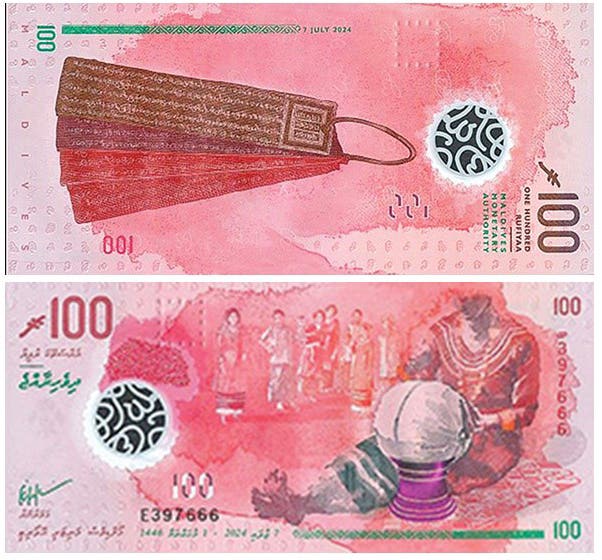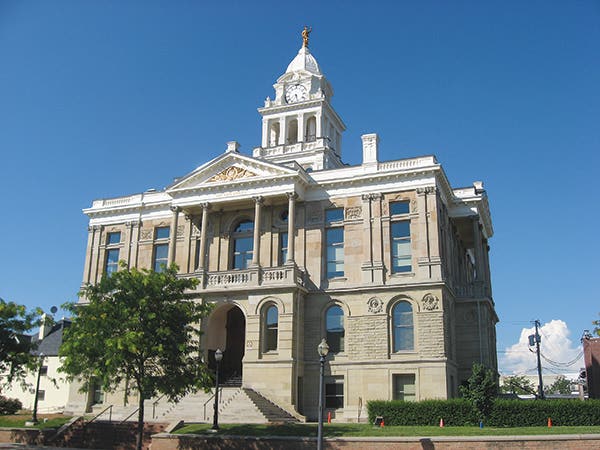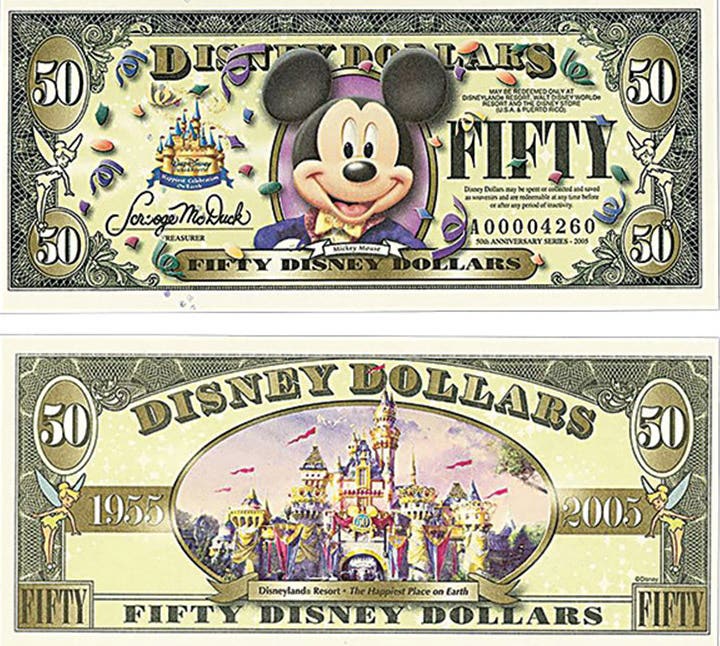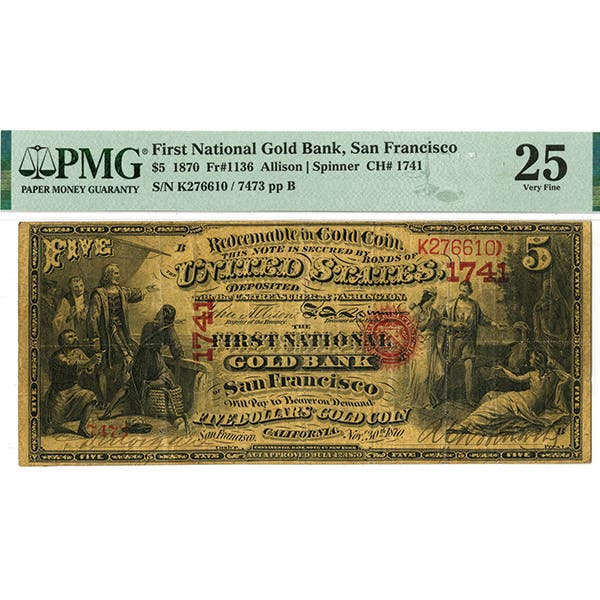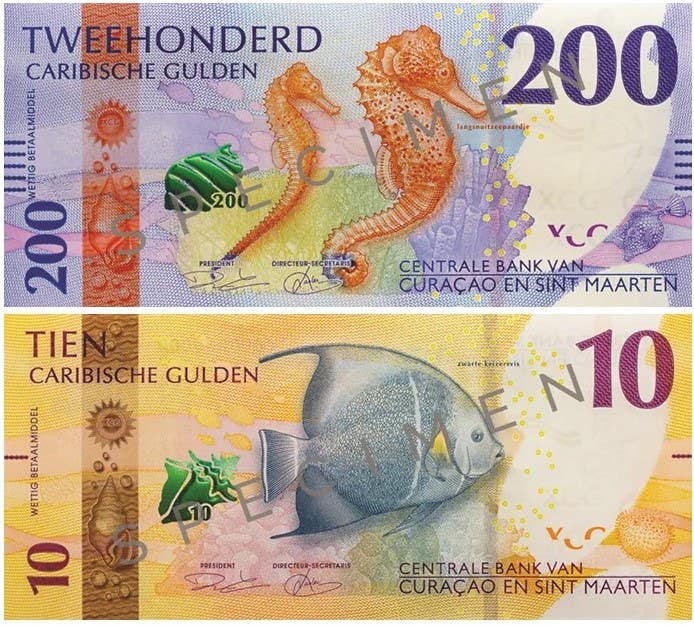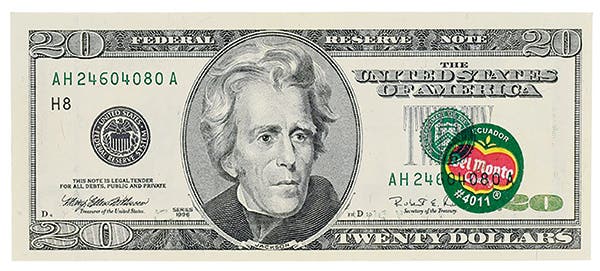Pricing at ANA auction proves steady
By Bill Brandimore Like many of you, I received a recent email from Heritage Auctions indicating that it was raising buyer’s commissions for numismatic auctions to 20 percent. This was…
By Bill Brandimore
Like many of you, I received a recent email from Heritage Auctions indicating that it was raising buyer’s commissions for numismatic auctions to 20 percent. This was being done to stay competitive.
I called Allen Mincho, director of auctions at Heritage, for more information on this change. He explained that Stack’s Bowers had raised its rates to 20 percent a few days earlier and Heritage was merely staying at the same level as competitors.
Buyers, he noted, take into consideration commission fees as they construct their bids and will continue to do so with the new rates.
So, if you’re buying a note you feel is worth $5,000 to you, you will probably stop bidding at $4,200—thus offering $5,000 in reality for a note you value at that level.
I have known Allen for well over 30 years and consider him an honest and reputable figure in the currency business. So, as he says, we will probably just see business as usual.
In other matters, I discussed at length my pricing with Carlson R. Chambliss, an author and collector of considerable prominence. He disagrees with some of our methods. In particular he feels we should offer fewer price levels and use only one uncirculated category.
I understand his issues, and appreciate his calling to my attention my offering of $100 St. Louis 1929 Federal Reserve National Bank Note pricing when those notes don’t exist.
I also appreciate the wonderful information on rarity in his book, The Comprehensive Catalog of U.S. Federal Large-Size Notes, 1861-1929. It is filled with rarity information and lots of background info. I heartily recommend it for your library.
I cannot, however, as Chambliss recommends, include auction dates for expensive and rare notes. There isn’t room.
My main intention is to offer reasonable information to ordinary collectors at the beginning and intermediate stages of collecting. Advanced collectors will not rely on our prices alone when considering purchasing rare and expensive material.
So, if my prices on the rare and exotic seem off a bit, it is because they are so rarely offered. In the meantime, I’ll try and keep you up to speed on Buffaloes and Indian Chiefs in various grades, and offer you my take on the market.
Heritage’s Platinum Night prices at the American Numismatic Association convention in Colorado seemed steady, and some really nice offerings brought really nice prices, such as $38,775 for a $10 Buffalo, KL381/Fr. 115, in Gem 66. Serial No. 3 didn’t hurt it any.
A $20 Legal Tender, KL526/Fr. 127, sold at $552,875 in PCGS 65PPQ. Meanwhile a $50 Legal Tender, KL671/Fr. 151, in PCGS 35 was hammered down at $76,375. The same catalog number in PMG 20 brought $22,325. A $1,000 Gold Certificate in PCGS 35, KL998 /Fr. 1281f, yielded to a bid of $270,255. A Newark, Ohio Lazy 2 on charter 858 in a bright PMG Gem 65 holder netted $28,200. In small-size, an Atlanta 1928D $5 in PMG 63 came in at $8,818.
I’d enjoy your questions and comments at billbrandimore@charter.net.
This article was originally printed in Bank Note Reporter. >> Subscribe today.
More Collecting Resources
• The Standard Catalog of United States Paper Money is the only annual guide that provides complete coverage of U.S. currency with today’s market prices.
• Order the Standard Catalog of World Paper Money, General Issues to learn about circulating paper money from 14th century China to the mid 20th century.




